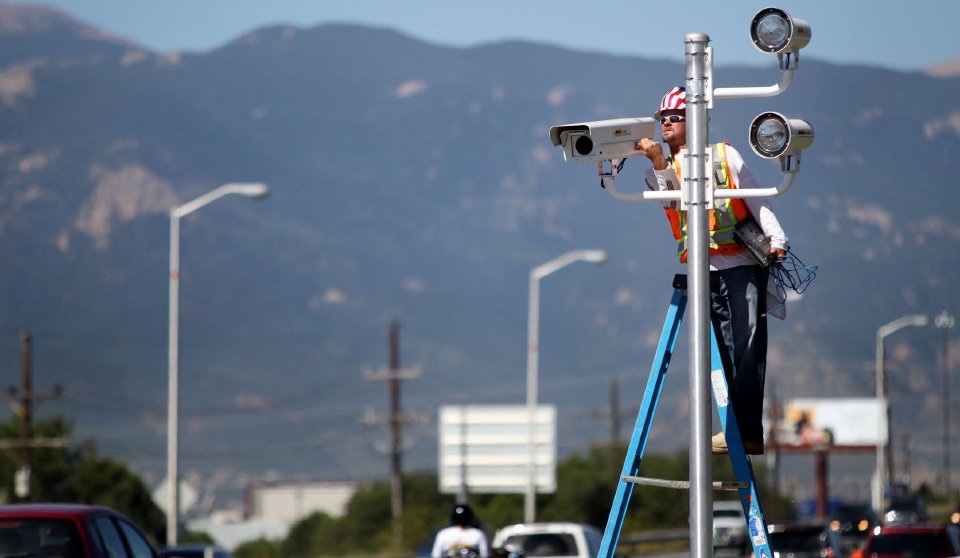As you drive down major corridors like Wadsworth Blvd., Colorado Blvd., Alameda Ave. or Belleview Ave., you may have noticed more cameras. The cameras are a part of the technology used for the Colorado Smart Cities Alliance, an initiative that helps participating cities improve the management of their infrastructure. Cameras and sensors will help cities like Centennial time its traffic lights to reduce congestion by improving the flow of traffic.
The Colorado Smart Cities Alliance is a statewide collaboration that was initiated last March, 2017, by the Denver South Economic Development Partnership. Participating cities, thus far, include:
• Arvada
• Aurora
• Denver
• Centennial
• Greenwood Village
• Littleton
• Boulder
• Longmont
• Westminster
• Fort Collins
• Colorado Springs
A “smart city” is based on the concept of an urban area utilizing high tech and network systems to collect, analyze, process and disseminate data to manage assets and resources efficiently. This includes data collected from devices, citizens, and city assets that is then processed and analyzed to monitor and manage infrastructure such as traffic and transportation systems, power plants, water supply networks, waste management, law enforcement and emergency services, information systems, schools, libraries, hospitals, and other community services.
The smart cities initiative is prefaced on the Internet of Things (IoT) that demands full time connectivity. The desire of the Denver South EDC is to enable innovation through public-private partnerships that improve the quality of life, increase economic vitality across the state, while improving our infrastructure.
The City of Centennial was a recent member (9/25) of the Smart Cities Alliance and hopes to use the technology to improve traffic, as opposed to widening roads. Other cities like the idea but are waiting to see how it tests out before implementing the technology. The concept has been around for some time, which has also been called Intelligent Transport System (ITS). It had its limitations created not only by the perception of ITS as an engineering technology, but also by lack of connectivity.
As technology and the Internet of Things becomes more prevalent, while overcoming the fear of privacy invasion, citizens may be able to make smarter choices in traveling, parking or shopping.



